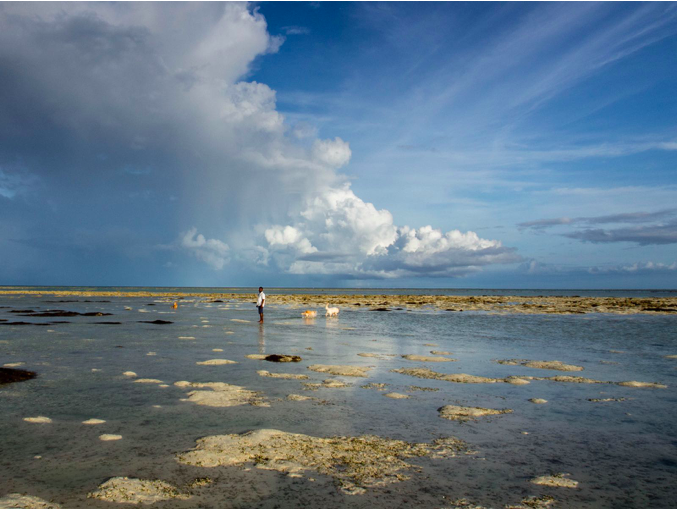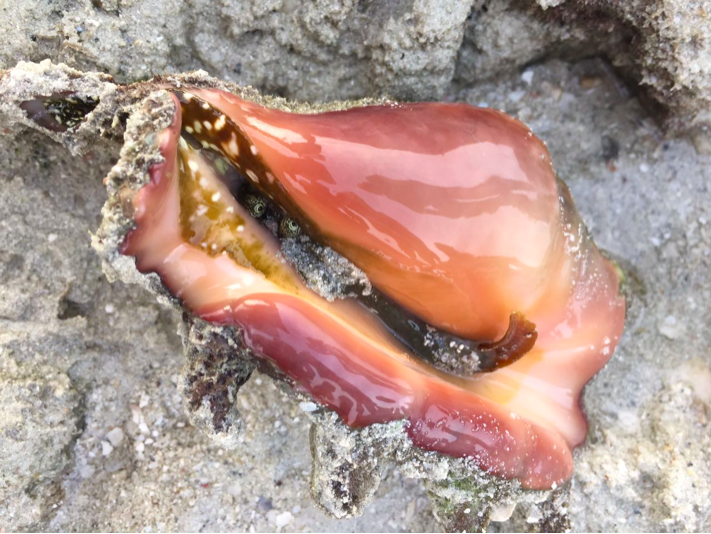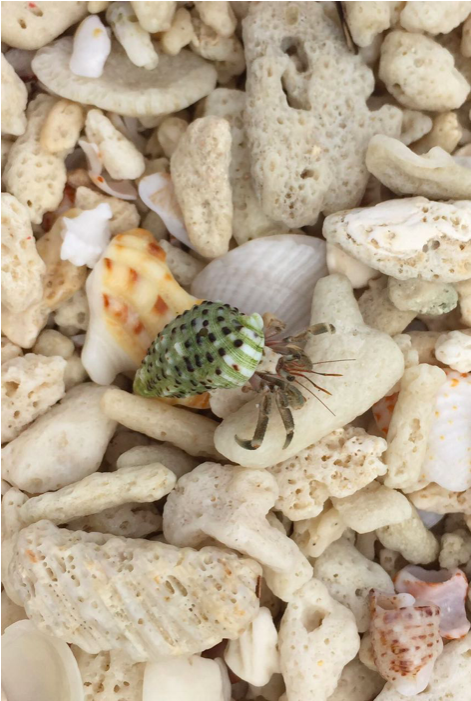Left by the tide, right by your feet
Sunny days by the beach are best spent taking a cooling dip in the sea. Wait for the tide to rise and once there is enough water to swim in, make a dash for it. Even better if you have a mask and snorkel to take with you. Now that is what most would say. But, have you ever waited for the tide to recede before getting into the sea?
What could there possibly be to do or see when there is practically no water, you ask? The short answer to that would be –prepare to be amazed.
The ‘inter-tidal zone’ is that stretch of the ocean that can go from being fully submerged during a high tide, to holding as less as one foot of water at low tides. The receding water gradually begins to expose the hidden ‘rocky shore’ ecosystem- a magical world waiting to be explored.

Credit: Gunnhild
It was a sunny and clear day here at DIVEIndia. Sharmila and I had just rounded up an army of nine kids who had been eagerly waiting to head out for a low tide walk. We had promised them that we would spend all afternoon looking for crazy critters of the sea.
The moment we set foot on the beach, the first questions began coming in. Touching the wet sand, one of the kids asked “Wasn’t the water up till here in the morning?”
Another wondered “Where did all those rocks come from?”, followed by “What made all the water disappear?
We talked about the moon and tides and what makes the pretty patterns in the sand. We spoke about how the intertidal zone is a place of extreme environments. How animals and plants found in this stretch of the sea have adapted to extreme fluctuations in water levels, water temperature, oxygen and salt.
We hopped across the rocks and waded through the shallow pools that formed in between, looking for any sign of movement- something crawling here, something darting there and sometimes, something slithering under our feet. Each time one of us spotted something, there would be an excited “Oh my, what is that?!” and within no time there would be circle of curious kids squatting around the critter that was just spotted.

Credit: Sharmila Monda
A common sentiment shared by all who have come on these walks with us, kids and adults alike, has been absolute surprise and amazement at how full of life this intertidal space actually is. All we have to do is squat, wait and something beautifully bizarre will emerge right before our eyes. From crabs, wormsand snails to many species of coral, sponges, juvenile fish and marine plants. We’re also keeping an eye out for the occasional mantis shrimp, octopus and sea snake too!

Spider Conch. Credit: Natasha Jeyasingh
Intertidal walks have also been a great space for conversations about conservation. Looking at the stunning architecture of the rocky sandy shore, yet finding vast tracts of dead coral. Seeing hundreds of hermit crabs scuttling about carrying their homes made of shells lying on the beach, while walking past a wide variety of plastic trash.

Hermit crab blending in with washed up coral. Credit: Natasha Jeyasingh
Everyone leaves with a renewed sense of awe, while also realising how degradation is slowly setting in and wondering what can be done to understand and conserve these beautiful places.
For starters, as visitors to these beautiful seashore ecosystems, it’s time we start gathering more knowledge than we do shells. 🙂
Read about ‘The Highest Tide‘ a novel by Jim Lynch, our #OceanLove book of the month for July 2018
We now offer a variety of marine ecology programs, both diving (covering reefs, surveys, fish identification and more) and non-diving (covering not just the reefs but also mangroves and coastal eco-systems). These can be taken as stand-alone options or combined with diving packages. Please contact us for more information on these programs.


